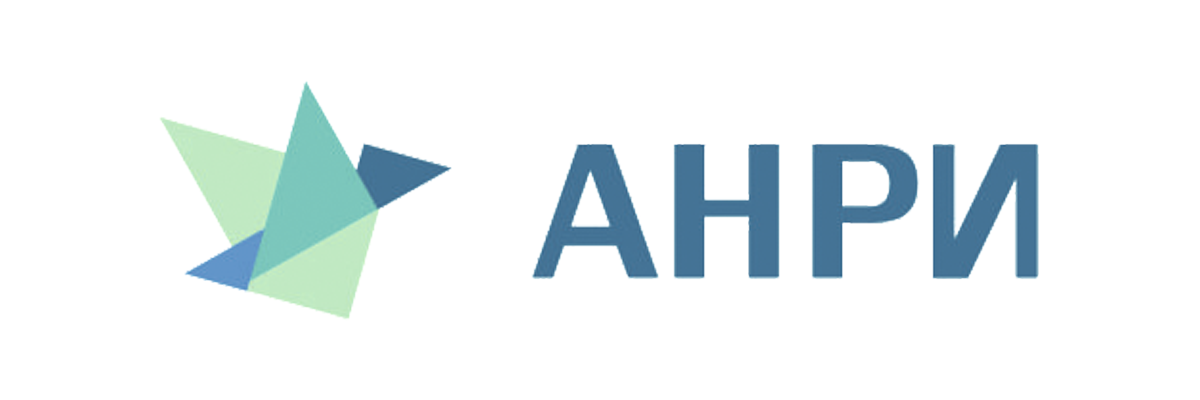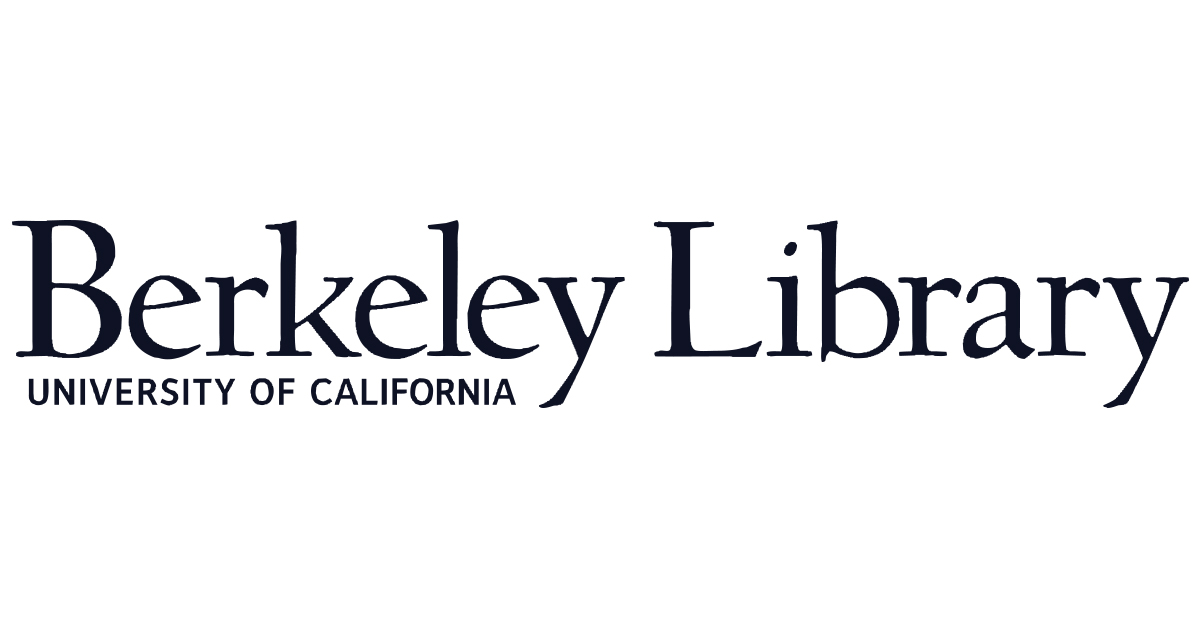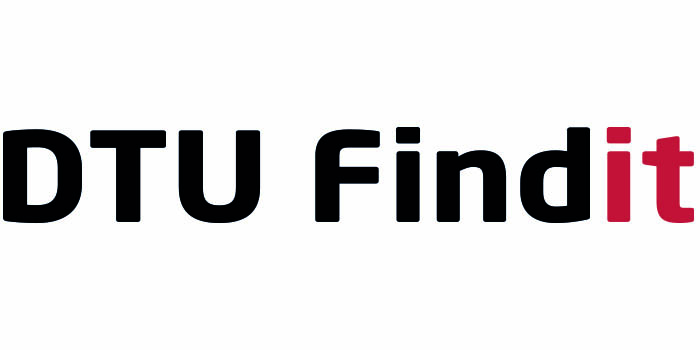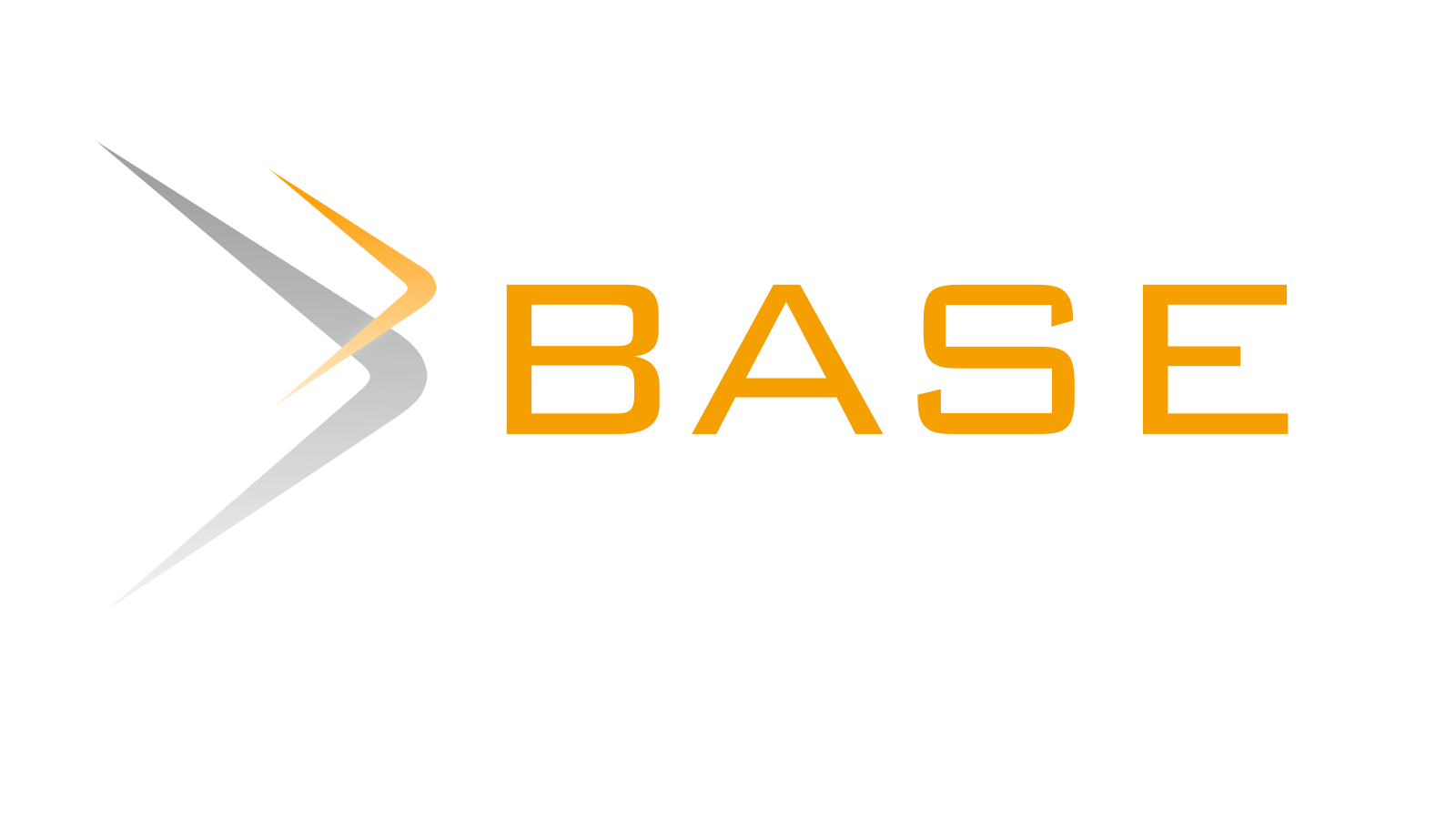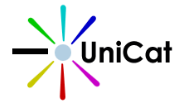Trademark accounting: regulatory constraints and practical aspect
DOI:
https://doi.org/10.31279/2782-6414-2025-1-5Keywords:
Accounting for intangible assets, accounting, algorithm for selecting accounting support, trademark valuation, accounting standardsAbstract
Introduction. Accounting legislation has been undergoing changes in recent years in accordance with the strategy for the development of accounting and reporting in Russia. Updating federal standards has made it difficult to practice, due to changes not only in methods and methods, but also in the classification of accounting objects. For example, in accordance with FSB 14/2022 "Intangible Assets", trademarks created on their own are no longer included in intangible assets. Purpose. To form a multivariate accounting scheme for trademarks in accordance with the current regulatory framework and the specifics of practical activities. Methods. General scientific methods of cognition are used in this work: analysis and synthesis, the method of formalization. Special attention is paid to the application of the classification method to determine the accounting support option. Elements of the accounting method are also used – invoices and double entry. Results. The key results of the study are the criteria for attributing a trademark to various accounting objects, an algorithm for selecting accounting support for trademarks, and a system of corresponding records. Conclusions. The eliminated problematic aspects in trademark accounting can serve as a basis for further research on the formation of an integrated approach to accounting for intangible assets in the context of global uncertainty.
For citing: Agafonova N.P., Bobryshev A.N., Nosenko A.V. Trademark Accounting: Regulatory Constraints and Practical Aspect. Research in Economic and Financial Problems. 2025;1:5. https://doi.org/10.31279/2782-6414-2025-1-5 EDN ILSPWS
Downloads
Published
Issue
Section
License
Copyright (c) 2025 Nelly P. Agafonova, Alexey N. Bobryshev, Anastasia V. Nosenko

This work is licensed under a Creative Commons Attribution 4.0 International License.






